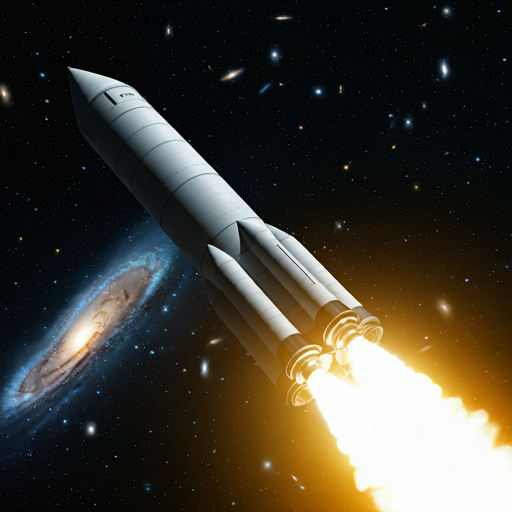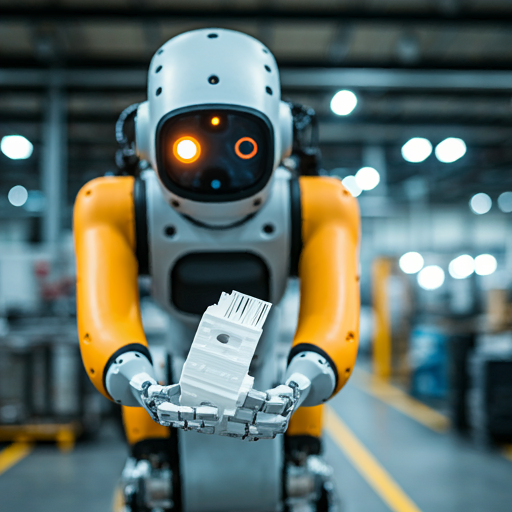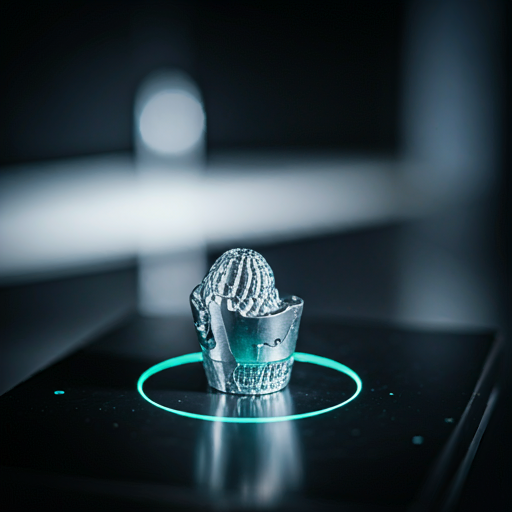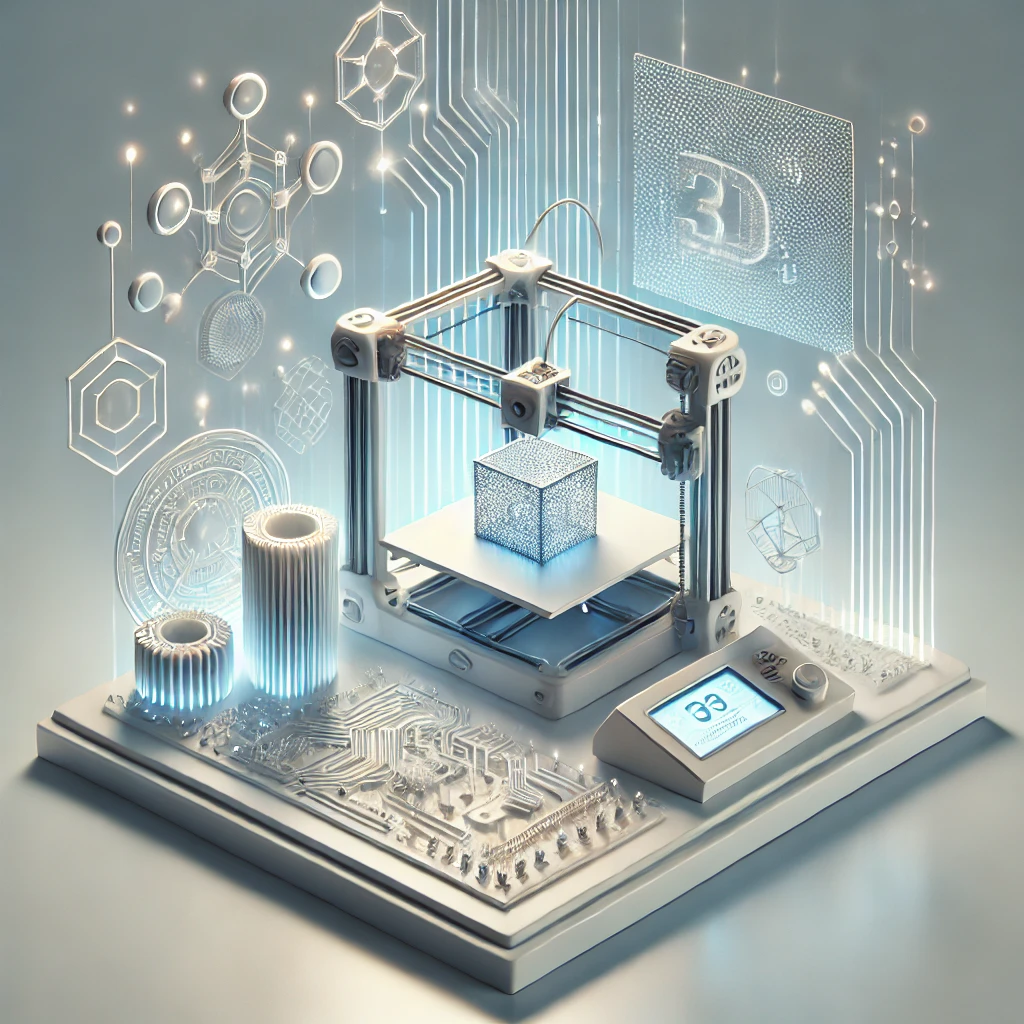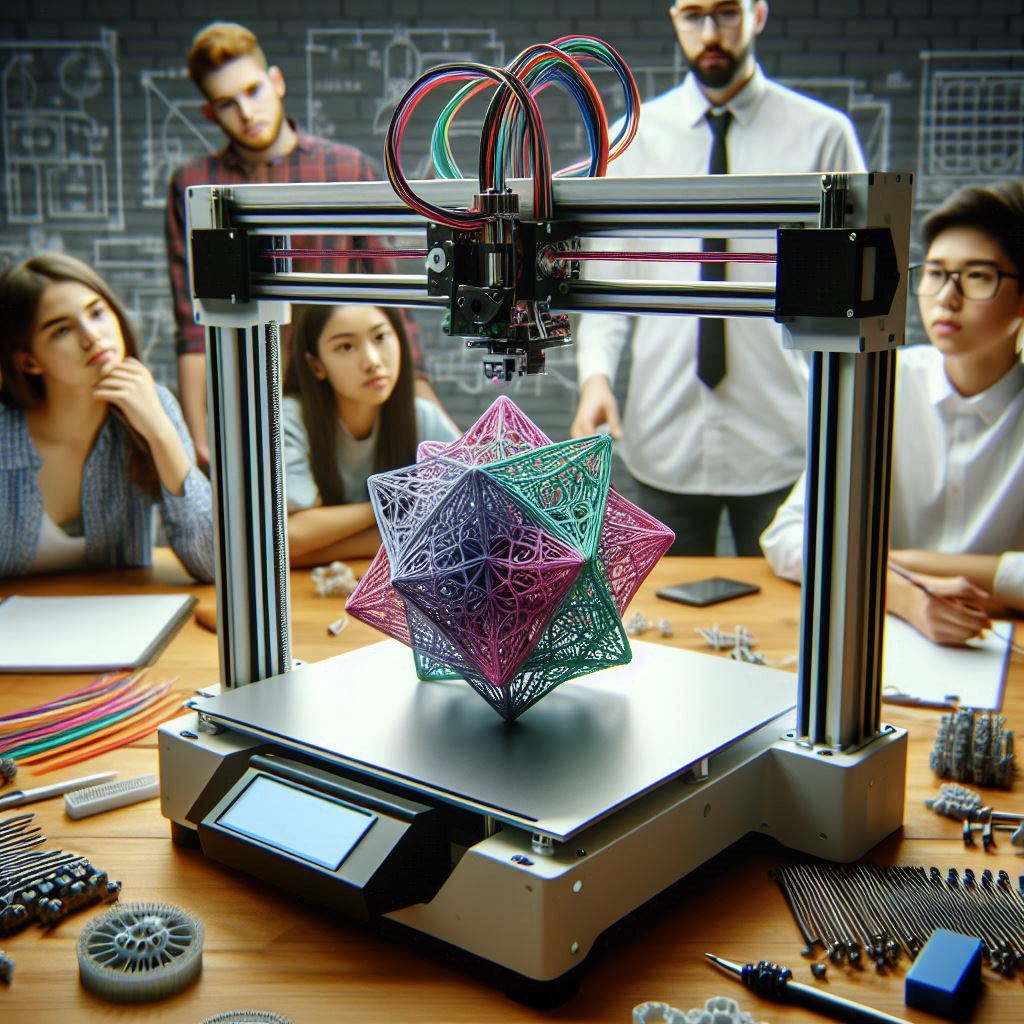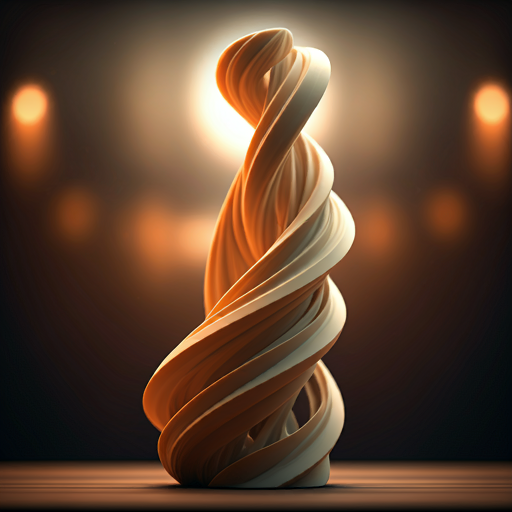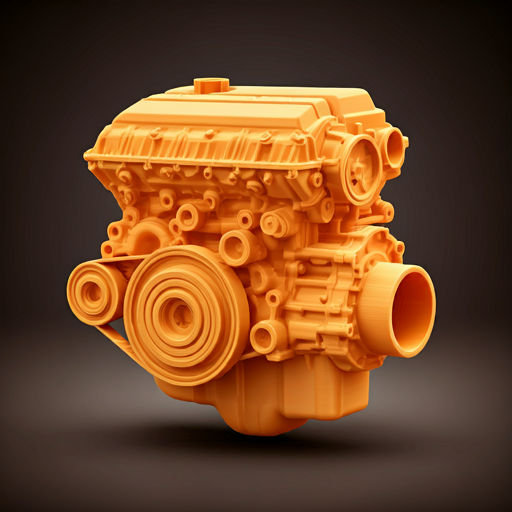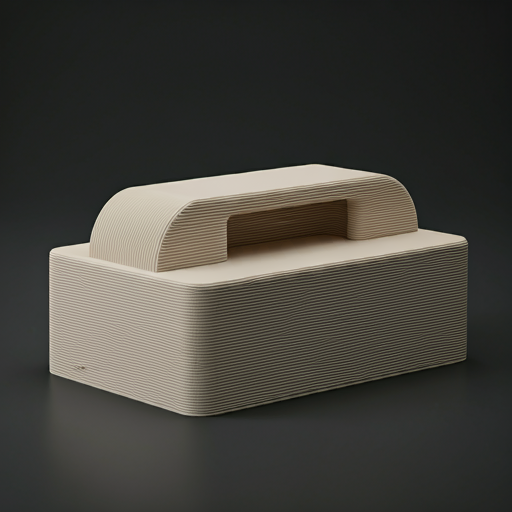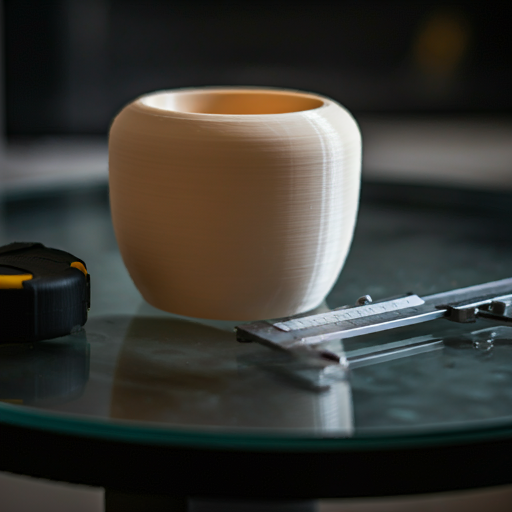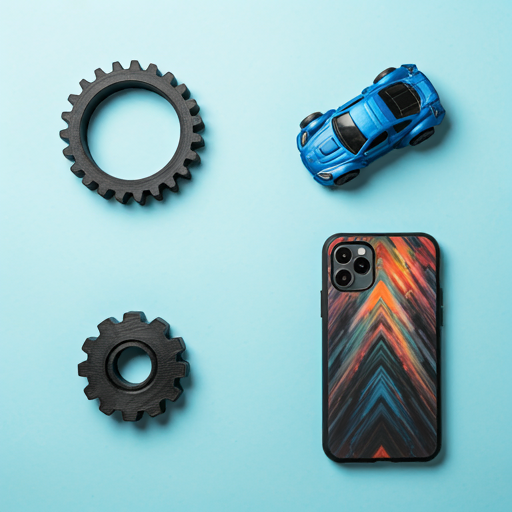
3D printing technology in Art and Design Industry
3D printing technology has had a significant impact on the art and design industry in recent years. One of the main benefits of 3D printing is its ability to create complex and detailed designs that would be difficult or impossible to produce using traditional manufacturing methods. This has opened up new possibilities for artists and designers, allowing them to create sculptures, architectural models, and other works that were previously impossible to create.
3D printing technology also allows for greater flexibility in the design process. Artists and designers can create multiple versions of a piece, make changes and adjustments, and test different materials and colors before finalizing a design. This can save time and money in the production process and lead to more innovative and successful final products.
Additionally, 3D printing technology has also made it easier for artists and designers to produce small-batch or one-off designs at a fraction of the cost of traditional manufacturing methods. This has allowed for greater experimentation and creativity in the production of art and design pieces, and has also opened up new opportunities for independent artists and designers.
Furthermore, 3D printing technology is also being used in the fashion industry to create new designs and prototypes, this technology helps in reducing the lead time to market and increasing the efficiency of the production process.
In conclusion, 3D printing technology has had a profound impact on the art and design industry, enabling artists and designers to create new and innovative works that were previously impossible. It also offers new opportunities for customization, experimentation, and cost savings. As the technology continues to evolve and become more accessible, we can expect to see even more exciting developments in the field of art and design.
How 3D Printing is used in desiging the mordern sculpture?

3D printing technology can be used to create a wide range of sculptures, from small figurines to large, complex installations. The process of creating a sculpture using 3D printing technology is known as additive manufacturing.
The first step in creating a sculpture using 3D printing technology is to design the sculpture using specialized software. The software allows the artist to create a digital model of the sculpture, which can be modified and refined as needed. Once the design is complete, the digital model is then "sliced" into layers, which are then sent to the 3D printer.
The 3D printer then builds the sculpture by laying down successive layers of material, such as plastic, metal, or ceramic. Depending on the materials used, the sculpture can be finished with different textures and colors.
3D printing technology allows artists to create sculptures that would be impossible or impractical to create using traditional methods. It also allows for more freedom in the design process and allows for more intricate and detailed sculptures. Additionally, it reduces the need for expensive tools and equipment and it can be used to create multiple copies of the same sculpture, making it a great tool for artists who want to sell their work.
The use of 3D printing technology in sculpture has also opened the doors for new forms of art and new forms of expression. Artists are now able to create sculptures that are not only aesthetically pleasing but also interactive, lighting-sensitive, responsive, and even kinetic. This allows for a new level of creative expression and experimentation in the field of sculpture and it has the potential to revolutionize the way we think about art and its creation.
In conclusion, 3D printing technology has opened up new possibilities for artists and designers, allowing them to create sculptures that were previously impossible or impractical to create. The technology is enabling them to create more detailed and intricate sculptures, as well as new forms of art and expression. As the technology continues to evolve, it is likely that we will see more and more artists and designers turning to 3D printing to create their work.
Customized 3D-printed human sculpture

Customized 3D-printed human sculptures are becoming increasingly popular as the technology continues to evolve. They are created using a combination of 3D scanning technology and 3D printing.
The process begins with a 3D scan of the subject, which captures a detailed digital representation of the person's face, body, and posture. This scan is then used to create a digital model of the person, which can be modified and refined as needed. Once the design is complete, the digital model is then "sliced" into layers, which are then sent to the 3D printer.
Customized 3D-printed human sculptures can be created using a wide range of materials, such as plastic, metal, or ceramic. The sculptures can also be finished with different textures and colors, depending on the materials used..
The use of 3D printing technology in creating customized human sculptures has many advantages. It allows for a high level of detail and accuracy, which can be used to create a realistic representation of the subject. Furthermore, it enables artists to create sculptures that would be impossible or impractical to create using traditional methods. Additionally, it can be used to create multiple copies of the same sculpture, making it a great tool for artists who want to sell their work.
Customized 3D-printed human sculptures are not only aesthetically pleasing, but they also serve as a unique form of art and a special way to preserve memories. They can be used to commemorate special events, such as weddings, graduations, or birthdays, or to remember loved ones who have passed away.
Use of 3D printing in modern abstract art works

Abstract art is a form of art that focuses on the use of shapes, lines, colors and textures to create a composition that does not represent anything in the physical world. 3D printing technology can be used to create abstract sculptures that are not possible to make by hand.
Creating abstract art with 3D printing begins with the design process, where the artist creates a digital model of the sculpture using specialized software. This model can be modified and refined as needed. Once the design is complete, the digital model is then "sliced" into layers, which are then sent to the 3D printer. The printer then builds the sculpture by laying down successive layers of material, such as plastic, metal, or ceramic, to create the final object.
3D printing technology allows artists to create abstract sculptures with a high level of precision and complexity. It enables them to create sculptures that would be impossible or impractical to create using traditional methods, and allows for greater freedom in the design process. Additionally, it reduces the need for expensive tools and equipment and it can be used to create multiple copies of the same sculpture, making it a great tool for artists who want to sell their work.
The use of 3D printing technology in abstract art allows for new forms of expression and experimentation. Artists are able to create sculptures that are not only aesthetically pleasing but also interactive, responsive, and even kinetic. This allows for a new level of creative expression and experimentation in the field of abstract art, and it has the potential to revolutionize the way we think about art and its creation.
Top application of 3D printing used in art
1.Hypnerotomachia Naturae

The Hypnerotomachia Poliphili, also known as the Strife of Love in a Dream, is a famous Renaissance novel written by Francesco Colonna in 1499. A 3D printed sculpture of the Hypnerotomachia Naturae, which is one of the most iconic illustrations from the book, can be created using 3D printing technology. The sculpture can be created by first creating a digital model of the illustration using specialized software, then slicing the model into layers, and finally printing it using a 3D printer. The final sculpture would be a physical representation of the illustration and could be used as a decorative piece or as an art installation. The use of 3D printing technology allows for a high level of detail and accuracy, making it possible to create a realistic representation of the illustration.
2.A 3D printed replica of Michelangelo’s David

A 3D printed replica of Michelangelo's David, one of the most famous sculptures in the world, can be created using 3D printing technology. The process begins with a 3D scan of the original sculpture, which captures a detailed digital representation of the statue. This scan is then used to create a digital model of the statue, which can be modified and refined as needed. Once the design is complete, the digital model is then "sliced" into layers, which are then sent to the 3D printer. The 3D printed replica can be made of different materials such as plastic, metal or ceramics. This allows for a high level of detail and accuracy, making it possible to create a realistic representation of the original sculpture. The replica can be used as a decorative piece or as an educational tool in art and history classes.
3.The Yinyun art installation

The Yinyun art installation, designed by Chinese artist Zhan Wang, is a 3D printed sculpture that represents the Chinese concept of Yin and Yang. The sculpture is made up of two interlocking rings, each representing one of the two opposing forces of Yin and Yang. The installation can be created using 3D printing technology. A digital model of the sculpture is created using specialized software, which is then sliced into layers, and printed using a 3D printer. The sculpture can be printed using a variety of materials, such as metal, plastic, or ceramics, depending on the desired final result. The Yinyun installation can be used as a decorative piece, an educational tool for art and cultural classes or as a symbol of balance and harmony.
3D printing technologies that are commonly used for manufacturing art models
1.Stereolithography (SLA):

SLA is a 3D printing technology that uses a UV laser to cure a liquid resin into a solid object. The laser traces a cross-section of the object on the surface of the resin, solidifying it in that area. SLA is commonly used for creating high-precision models and prototypes with fine details, such as jewellery, sculptures, and figurines.
2.Fused Deposition Modeling (FDM):

FDM is a popular 3D printing technology that uses a thermoplastic material that is extruded through a heated nozzle. The material is laid down in a layer-by-layer process to create the final object. FDM is commonly used for prototyping and creating small-scale models, such as figurines, miniatures and architectural models.
3.Selective Laser Sintering (SLS):

SLS is a 3D printing technology that uses a laser to sinter a powder material, such as nylon or metal, into a solid object. The laser traces a cross-section of the object on the surface of the powder, fusing the material together in that area. SLS is commonly used for creating models with high strength and durability, such as sculptures and architectural models.
